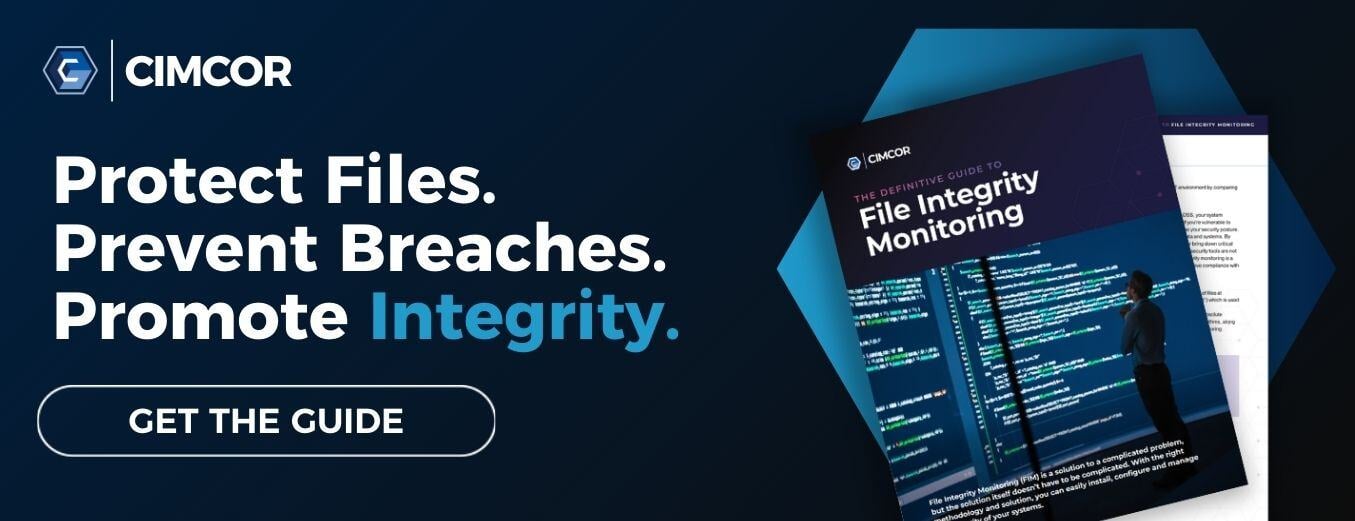There is not an exact science to data security, however, with the General Data Protection Regulation (GDPR) coming into effect in 2018, the financial penalties and loss of reputation may cause more organizations to work on an effective solution. Some best practices include checks of processes, policies, people, and of course software. Though many organizations may not feel as if they have the time or bandwidth to analyze their current situation, good or bad, companies need to know where current IT practices stand.
PROCESS/POLICY CHECK
If you are not sure where to begin, you are not alone. When it comes to starting a new security process, larger businesses and even medium-sized organizations, due to their size, may appear to have the upper hand. The same may not bode well for small businesses, due to a sheer lack of employees that are dedicated to cybersecurity.
Compliances differ dependent on the industry, and some may suggest beginning with NIST cybersecurity framework policies as a starting point for those who are not sure where to begin. As noted by Bernie Klinder, tech strategy used to come after the business strategy for start-ups, and in many cases, tech strategy did not exist for organizations. This same mindset can be applied to any organization. Information security and even cybersecurity are not always part of the operative strategy.
It is worth noting the U.S. SEC previously reported that it only takes six months for a small business to fail after a data breach. This occurs to approximately 60 percent of those who suffer a data breach.
PEOPLE/STAFF CHECK
With countless reports and guides on how to keep your IT infrastructure secure, what appears to be lacking is a focus on keeping the IT team secure. Turnover within IT is at an all-time high, and with a shortage of qualified professionals, some estimates predict a 1.5 million lack of qualified professionals to fill the large number of openings that will exist by 2019.
Allocating funds for training employees could be the answer. One person, holding the key to all IT functions is how many businesses appear to be operating. Combine this lack of personnel and training with the high turnover rate and the problem becomes abundantly clear.
As noted by Information Management, with as little as 20 percent of companies feeling confident they can run "business as usual" after a breach, are companies genuinely prepared for a data breach or cybersecurity issue? Brainloop’s recent article on boardroom antics describes a staggering figure. A recent calculation of a future global cyber attack could reach $53bn, which equates to the damage caused by 2012 Hurricane Sandy.
SOFTWARE CHECK
The number of options for securing an organization’s infrastructure can be overwhelming, and though there is not a one-size-fits-all, many organizations choose a file integrity monitoring tool. Computer weekly recent research noted that improving the monitoring of an organization’s IT infrastructure may help organizations, as 80 percent admitted to having what they called “blind spots”, which in turn led to a delay in detecting incidents.
In 2016, we recognized 5 security objectives that many companies follow:
- Maintaining a Safe Network
- Maintaining Vulnerability Management
- Preventing Unauthorized Access
- Ensuring Security Flaws are Immediately Reported
- Maintaining Integrity of Data Assets
With data breaches stealing the headlines for much of 2017, the frequency and costs of future breaches most likely will not decline. The above security objectives, combined with the right software can help an organization begin to keep data secure.
CIMTRAK FOR FILE INTEGRITY MONITORING
Managing change within an organization’s IT infrastructure goes hand-in-hand with maintaining compliance. Detecting all changes to applications within your infrastructure is crucial, and CimTrak ensures complete change reporting, pro-active control options, and advanced ticketing options to keep systems secure and operational.
To learn more, download the Definitive Guide to File Integrity Monitoring today.
Tags:
Cybersecurity
December 6, 2017




